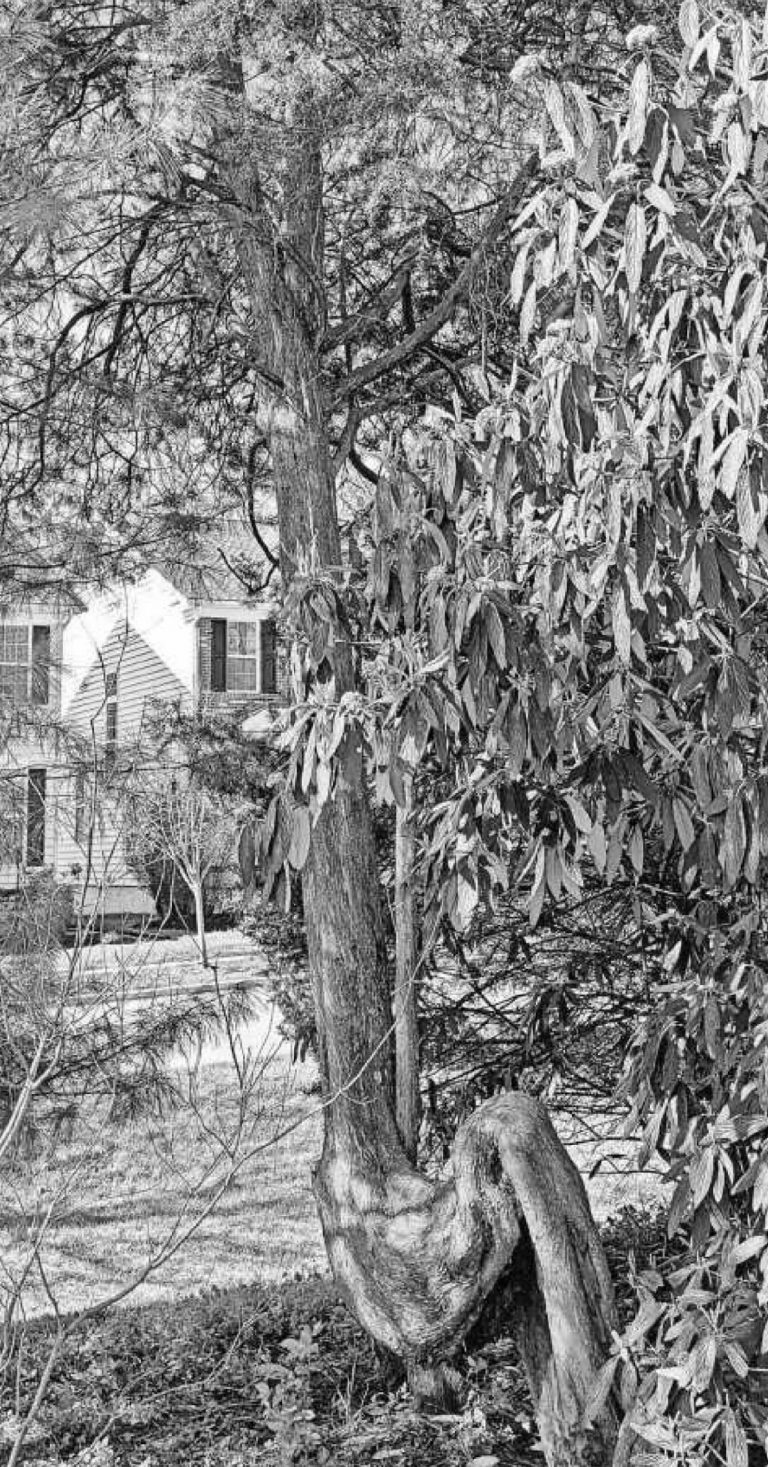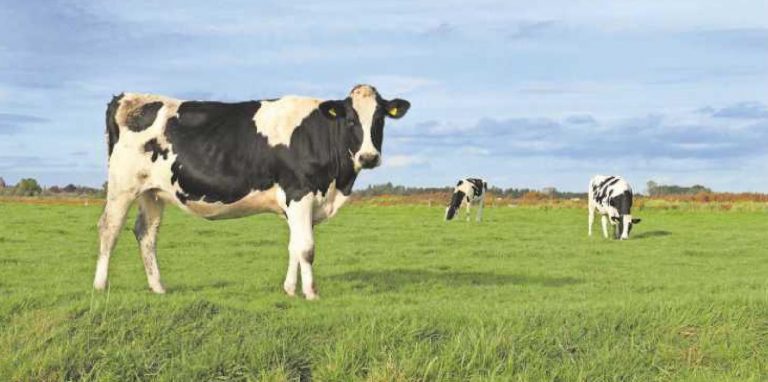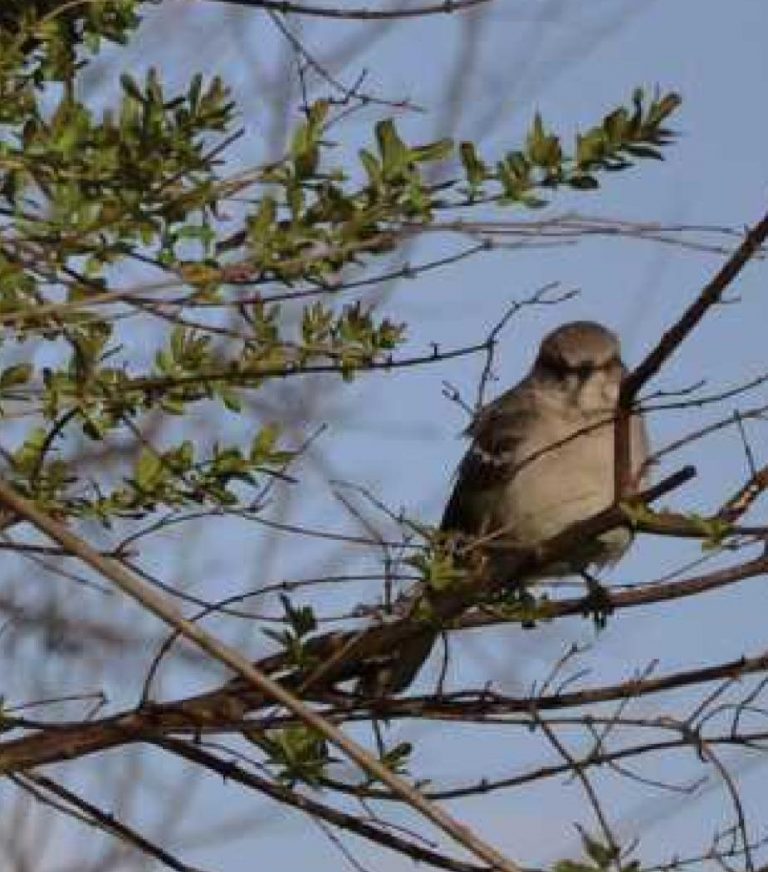Only tough plants tolerate the rough treatment they get in a pasture. Row crops like corn, cotton or soybeans are allowed to grow all season and are harvested for their seed or fruit. In contrast, pasture plants have a high percentage of their leaves torn off at frequent intervals by grazing livestock that also stomp on them for good measure. Sometimes, during droughts, livestock will graze the plants down to the soil. Horse pastures are often badly overgrazed and damaged by hooves. With all of this abuse, forage plants are still expected to survive and be productive. Many grasses and legumes are marketed on the basis of high yield potential as shown in university yield trials. This is fine if they are to be used for hay production, but it is unlikely that a cattle producer will notice a 10 or 20 percent increase in pasture yield by a new variety under normal grazing practices. The most important thing to the livestock producer is how well that plant will hold up in the pasture over time. Unfortunately, most new forage grass and legume varieties were not selected and tested under tough grazing practices that often occur on the farm. The result is that many of these plants fail to remain productive or even survive in the pasture except under special grazing management practices.







